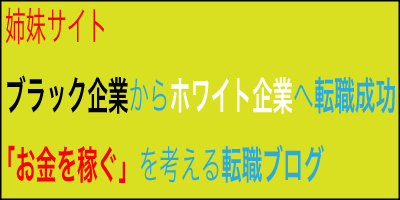In this video I explain 10 more things that are dangerous for hamsters. This is part 3 of the series.
Special thanks to M.P.G.
Transcript
Number one. Fabric. Any fabric, like human clothes, blankets and fabric hammocks are dangerous. This is because if your hamster eats, it it could create a blockage in their intestines which would need to be surgically removed. It can also tangle in their teeth. Number two. Hideouts. When choosing hideouts be very careful. Some of them have nails or staples. When your hamster chews them, the nails can get exposed and injure your hamster. Some trixie products have been known to contain nails or staples. Sometimes the entrance to some hideouts is too small, which can injure the hamster’s cheeks. For dwarfs, the entrance size should be at least 5cm/2in and for syrians 9 to 10 cm/3.5-4in. Number 3. Oxbow. Oxbow essentials hamster and gerbil food is dangerous for your hamster in a really depressing way. Its main ingredient is hay. Hamsters don’t really eat hay so their stomachs have not evolved to digest hay properly. This means hamsters will eat oxbow but will not be able to get any nutrients from it. They will be starving while still eating normally. This leads to malnourishment and even death. Number four. Plastic tunnels. The problem with tunnels is that they are usually too narrow so the hamster can get stuck. They also have poor ventilation which can cause difficulty breathing and the hamster’s foot can get stuck in the narrow ventilation holes, which can lead to injury. Number five. Hamster leashes. Hamsters have very sensitive and fragile bodies so putting a leash on them is dangerous. It could injure their internal organs or spine. If you want them to walk around more get them a playpen or let them free roam in a safe space. Number six wet tail drops. Wet tail drops don’t treat wet tail. They only mask the main symptom which leaves the illness untreated and leads to a fatal outcome. There is no home remedy for wet tail. A vet visit is a must. Number seven. Outdoors. Never take your hamster outside if they are not in a carrier or a travel cage. Don’t let them walk free and don’t hold them in your hands. Besides the obvious, that your hamster can escape, getting outside exposes them to different types of danger. They can be exposed to dangerous types of bacteria and viruses or parasites. They have very fragile immune systems. They can also be snatched by a cat, dog, or a bird. Number eight. Cat litter. Any type of cat litter that clumps is dangerous. This is because if your hamster accidentally eats it, it could clump in their throat or stomach. This would suffocate them or create a deadly blockage in their intestines. Safe types of cat litter are wood pellets and paper-based pellets. Number nine. Sick humans. If you have a cold, flu or any other transmittable illness, C19, be careful not to give it to your hamster. Have only the bare minimum contact, wash your hands thoroughly and don’t sneeze or cough in their direction. Number ten. Salt and mineral licks. Hamsters do not need salt and mineral licks. They get all necessary nutrients from a proper diet. If hamsters ingest too much of these it can create kidney problems. That’s all for part three. For more check out my other videos.
0:00 Fabric
0:18 Hideouts
0:48 Oxbow
1:16 Plastic tunnels
1:34 Leashes/leads
1:50 Wet tail drops
2:06 Outdoors
2:37 Cat litter
2:57 Sick humans
3:15 Salt/Mineral licks













コメントを残す